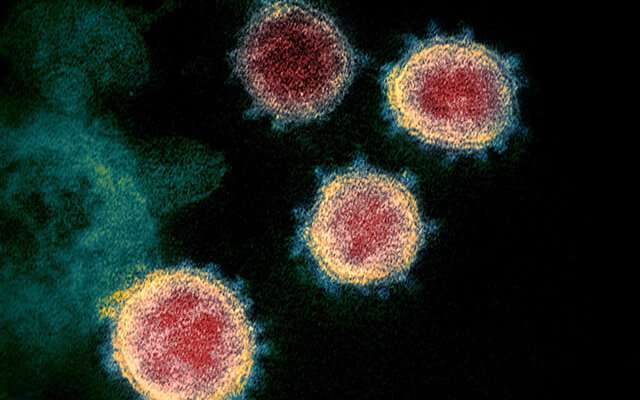
There has been a surge in domestic child abuse during the coronavirus pandemic, suggests the experience of one specialist UK children’s hospital, reported in Archives of Disease in Childhood.
In just one month, the number of new cases rose by 1493% compared with the same period in the previous three years, pointing to a “silent pandemic” in 2020, suggest the authors.
They compared the numbers of new cases of head injury caused by physical abuse among very young children seen between 23 March and 23 April this year and the same period in 2017, 2018, and 2019.
March 23 marked the start of lockdown and a period of national self-isolation in the UK in a bid to curb the spread of SARS-CoV-2, the virus that causes COVID-19 infection.
Ten children (six boys and four girls) with suspected abusive head trauma presented for treatment during March-April. Their ages ranged from 17 days to 13 months old.
This figure compares with an average of 0.67 cases a month for the same period in 2017, 2018, and 2019, representing an increase of 1493% in 2020, say the authors.
The symptoms prompting a hospital visit included colic (persistent crying for no obvious reason) in 5 of the infants; breathing issues (apnoea) and loss of consciousness in 4; seizures in 2; extensive bruising in 5; swollen scalp in 5; and marks caused by repeated picking at the skin (excoriation) in 1 child.
The infants were comprehensively assessed. This included head, spine, and skeletal scans, as well detailed eye and whole body checks.
The results revealed blood pooling in the brain (subdural haemorrhage) in 6 infants; brain swelling in 4; bruising of the brain tissue (parenchymal contusion) in 4; skull fractures in 4; a bleed on the brain (subarachnoid haemorrhage) in 3; and bone fractures elsewhere in 3 of the infants.
The infants’ families all lived in areas of significant social and economic deprivation. And there’s a complex interplay between abuse, mental health, substance misuse and socioeconomic factors, the authors point out.
Two of the parents had a history of criminal activity; 3 had mental health issues; and 4 had financial worries, factors likely to heighten the risk of abusive behaviour, say the authors.
“Our cohort is aligned to the literature in its portrayal of socioeconomic deprivation and parental vulnerability as significant risk factors for abuse, both of which may be exacerbated as a result of the stresses imposed by quarantine measures,” they write.
And the fact that children are spending more time with their parents as a result and that there will have been less interaction with reporting bodies will have only added to these risks, they suggest.
This case series represents the experience at just one specialist children’s hospital in England, but it echoes the reports coming out of countries enforcing similar measures to the UK during this pandemic, note the authors.
And the figures are likely to be an underestimate of the scale of the problem, they warn.
“This sobering figure is likely under-represented due to public avoidance of hospitals at this time,” they write. “Notably two parents in our cohort cited fears of contracting SARS-CoV-2 as a reason for delayed presentation.”
And they conclude: “Hence, in the background of the intensely public SARS-CoV-2 pandemic, a more silent pandemic is occurring, of which the medical community must remain astutely aware.”
Dr. Alison Steele, Officer for Child Protection at the Royal College of Paediatrics and Child Health, which co-owns Archives of Disease in Childhood with BMJ, commented: “This is an extremely concerning report. It is important to find out if the huge rise in suspected non-accidental head injury reported at this specialist hospital is being seen by other hospitals across the country.”
She added: “Many of these children will have been brought into hospital because there were obvious signs that the child was very unwell, but we are also extremely worried about children who are not being seen because their physical injuries or other forms of abuse or neglect are more easily hidden.”
Source: Read Full Article
